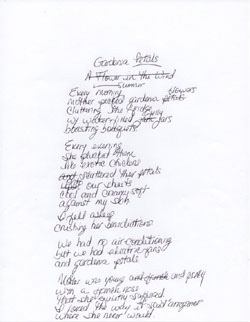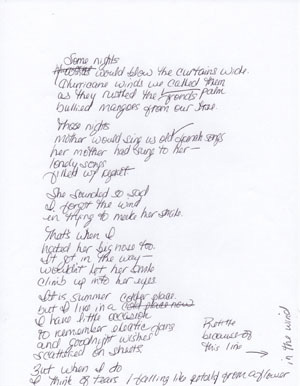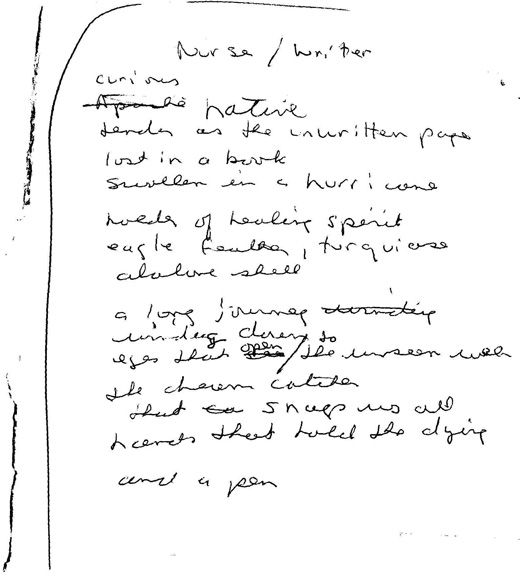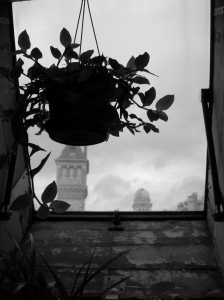Few of us can forget the horrors of the 1990’s Romanian orphanages. Following the fall of the Ceausescu Communist regime in 1989, Romania, though newly liberated, became known for the appalling conditions within its state-run orphanages and institutions. The world was stunned by television and newspaper images of half-starved abandoned children chained to their beds. Aid agencies rushed to help; governments throughout the world condemned what they saw; and newspaper columns were full of accounts of the atrocities.
Yet behind the scenes, the practice in Romania of abandoning children went unchallenged. A 1990 UNICEF report claimed that at the time, 86,000 children lived in institutions. Despite media attention to the situation, by 1994, that number had risen to 98,000. Perhaps even more surprising is that despite a significant increase in international adoptions, that 1994 figure had only fallen to just over 80,000 in 2005. Between 1992 and 1994, about 10,000 Romanian children were adopted by foreign families worldwide, according to a report by Toronto Life.
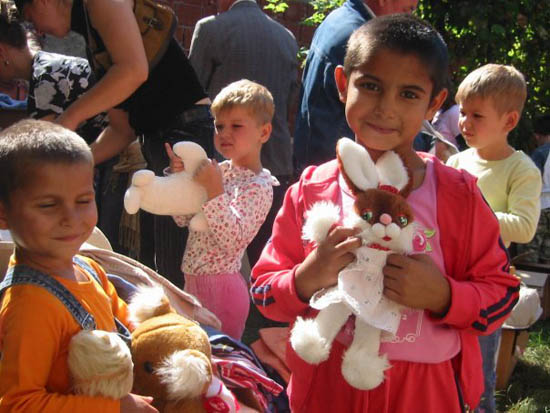
Official line
Officially, the orphanages in Romania have all been closed as one of the preconditions for joining the European Union (EU) in 2007, which followed a 2001 European Parliament report criticizing the country for its continued mistreatment of orphans. However, today the question remains: What exactly has happened to the thousands of children who were living in the large state orphanages?
While international adoption has been illegal in Romania since 2001, a report published by the Romanian National Authority for Child Protection in 2004 told of a total of 81,233 orphans at that time. Of those, 14,825 now live in foster care in Romania, 26,612 are in state care, and the remaining orphans are either living with extended family members or in private care homes. The now-notorious orphanages of those television images in the 1990s have all been replaced by smaller and more modern institutions, where six or seven children share a room, despite the official line that there is no overcrowding or bed sharing.
Meanwhile, the world’s media has largely moved on to other, more current events. Aside from a few celebrities, such as J.K. Rowling, author of the “Harry Potter” books, and Sarah Brown, wife of Britain’s Prime Minister Gordon Brown, who have rallied to the cause of Romanian orphans, the major problems Romania’s child care system faces have been ignored. Most people think these problems ended once and for all when Romania joined the EU in 2007. Indeed, Baroness Emma Nicholson, member of European Parliament for South East England and an international campaigner for children’s rights, was once credited with bringing media attention to the grim conditions within Romanian orphanages. Last year, however, the baroness went so far as to claim that “Romania has fundamentally reformed its child protection system and has gone from having the worst system in Europe to developing one of the best.”
The real story
Sadly, however, the reality is far different. The U.N.’s 2009 report State of the World’s Children claims Romania’s child mortality rate is 15,000 per year. In comparison, the child mortality rate in the United States is reported to be 8,000 per year. Although the children who remain in the state institutions are no longer tied to beds, they face other problems. In October 2008, the General Directorate of Social Welfare and Child Services (DGASPC) issued a report in which the Romanian head of the Social Inspection Agency, Maria Muga, stated that 92.5 percent of the children in state care do not own any toys; 97.5 percent have no cultural and sporting equipment; 77.5 percent have no school supplies; and 65 percent have no toiletry and hygiene supplies.
As for the children now in foster care, a recent DGASPC report claims that, on average, there is one social worker for every 100 children. Since joining the EU, Romania has guaranteed that at least one social worker monitors the progress of 25 children in foster care. The report goes on to detail significant problems at the organizational level of foster care, backing up the 2006 UNICEF Romania report, which concludes, “an underestimation of the issues at stake has resulted in too many reforms under pressure, which in turn have led to uncoordinated, contradictory and unfocussed stop-and-go reforms.”
Indeed, the sheer number of so many children requiring some kind of state help creates further problems. A joint UNICEF and World Bank study in April 2009 explored the impact of the global recession on the poor in Romania, and concluded that Romania’s state services “are either insufficient or lacking the necessary quality to effectively protect the most in need children.” It is hardly surprising that problems go unchecked or ignored when there are so few Romanian social workers. Transparency International, an anticorruption watchdog organization, ranked Romania as the second most corrupt country in the EU last year. In a country where bribes are all too common, questions still remain about the effectiveness and integrity of Romania’s child support services.
Much has been made of the success of Romanian migration workers. According to a February 2009 New York Times article, one-third of Romanians now work and live abroad, mostly within the EU member states, enjoying better wages and perhaps a higher quality of life. Meanwhile, Romanian statistics tell us that 10 percent of children in state care are there simply because their parents are working abroad and they have no family member available to look after them. Yet even those children who live with relatives could still face difficulties. According to the Romanian Child Protection Department, despite having access to cell phones and other gadgets, Romanian children still suffer the psychological damage associated with long-term separation from their parents.
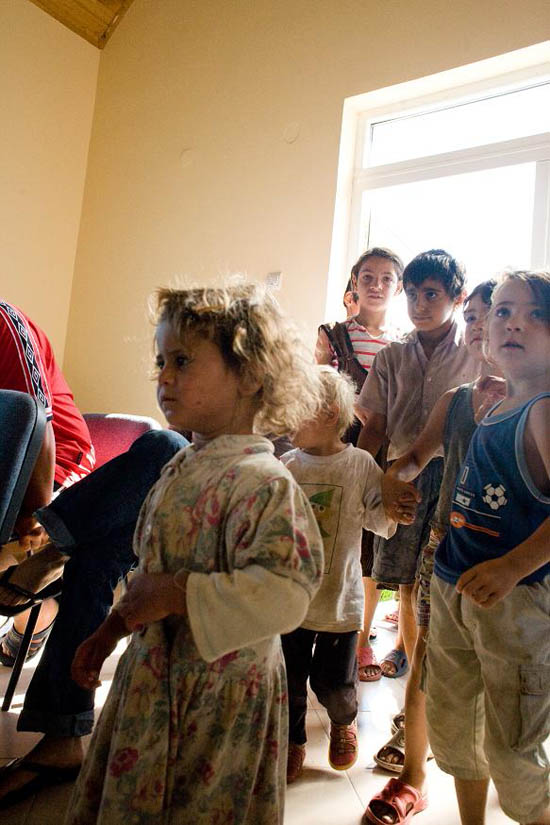
The Relief Fund for Romania estimates that there are 6,000 street children in the country, while UNICEF estimated in 2004 that 2,000 children lived on the streets of Bucharest, 500 of them permanently, either working or begging to survive. The majority of these street children spend their days in the capital, either because of overcrowding where they live or because of their disinterest in school, whereas the 500 children who are mainly orphans are 24-hour street children, spending their nights sleeping rough. The 2001 Oscar-nominated film Children Underground documented their hardship, with harrowing scenes of bored children spending their days in a daze, getting high and feeling worthless.
Special cases
Life for the “typical” Romanian orphan is brighter than it is for disabled and Roma orphans. According to a 2007 Harvard Review article, “having attained EU membership, Romania now has less incentive to improve the conditions for disabled children, but has instead turned a blind eye.” Romania’s Law 272 on children’s rights specifies that orphans under the age of two cannot live in state-run institutions, but disabled orphans are to be sent there from birth.
The sad fact is that disabled children are unlikely to be placed with foster families, and they will spend their entire lives in these institutions, which may not be officially called “orphanages.” These institutions are, according to the Harvard Review, “not proper homes for children and further the development of disabilities.” UNICEF estimates that there are about 200 of these institutions in Romania, housing up to 30,000 disabled children. The report goes on to claim that only 28 percent of the 52,000 disabled children living in Romania obtain some level of education.
The Gypsy community of Romania may be romanticized by outsiders, but according to UNICEF, the Roma population, which makes up 7 percent of the Romanian population, has a poverty rate of 77 percent. Karen Bucur, director of Pathway to Joy, a Romanian-American charity that works with the Gypsy community, told me, “Their poverty is hard to describe. There is no running water, [and] with that comes health issues and diseases. The children are uneducated for the most part.”
A representative of the Scottish charity Mary’s Meals added, “With only the local rubbish dump to play on, the children are so deprived that they steal to eat. Many of them live in 19th-century conditions.” One could argue that due to the stigma attached to the Roma community within Romania, these vulnerable children rely even more on outside help in a country where their own social services cannot be relied upon.
Bucur tells of two little abandoned Roma girls, Alexandra and Alina, whom the charity found in a dreadful state last winter. The girls were without clothing and food, and with no immediate support from Social Services. The charity was forced to act independently to secure the children’s safety, and Alexandra and Alina now live with a foster family financially supported by Pathway to Joy.
One aspect worth examining, as it is seemingly ignored by the Romanian government, is the support available to the now-adult orphans of the Ceausescu regime. As explored in an in-depth 2005 BBC report, for many, a normal adult life remains out of reach. The report concluded that while some had indeed managed to make a successful life for themselves, many remained traumatized. With little support from the government and surviving on the fringes of society, many of these now-adult orphans are addicted to drugs or alcohol. Other survivors — those who had been tied into their hospital cots for their entire childhood — now show signs of stunted growth and have difficulty walking. Others still wear diapers or can take food only from a bottle because they never had the chance to develop their chewing muscles.
A scandal in Romania earlier this year involved a man who died in a hospital, waiting to be seen after he had a heart attack. One nurse admitted that nobody treated him because he “looked too poor to be able to offer a bribe to be seen.” In a country where health care can often depend on how much you are prepared to bribe doctors for treatment, orphans are unlikely to receive the best treatment possible, as fast as possible.
Following EU criticism, the Romanian government has promised reforms and recently set up a toll- free telephone number that Romanians can call to reveal the names of hospitals and doctors who have accepted bribes. Within an hour of opening, the telephone lines were inundated with calls, and jammed.
A long way to go
It could be argued that an orphan’s fate in Romania often comes down to sheer luck. If an orphan is fortunate enough to be taken in by a loving foster family or to receive help through one of the local charities such as Pathway to Joy or Mary’s Meals, he or she may well be able to have a normal childhood. However, if an orphan is disabled, or happens to have been born in a Gypsy village, or is living on the street, his or her life — and certainly mental well-being — hang in the balance.
Vast improvements have been made in Romania’s child welfare issues — undoubtedly Baroness Nicholson’s remarks give us all reason to hope this is so. Yet Romania still has a long way to go. The responsibility to remember Romanian children and to fight for their welfare lies not only with the Romanian government and with EU country members, but with individuals across the globe. Romania is no longer the country we read about a decade ago. It is receiving financial support from the EU and the World Bank, and a number of reforms have been introduced to help the poor. Admittedly, these efforts have had mixed results, with UNICEF claiming earlier this year that welfare money is not reaching the most needy. We cannot simply ignore the daily struggle the poor face in the small Balkan country of 22 million. Romania and its orphans need not only our support, but also our continued interest, to truly prosper.
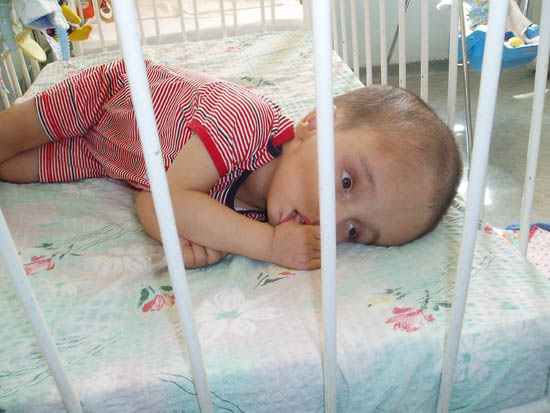
Stephen Patrick Maughan
Dear Reader,
In The Fray is a nonprofit staffed by volunteers. If you liked this piece, could you
please donate $10? If you want to help, you can also:
